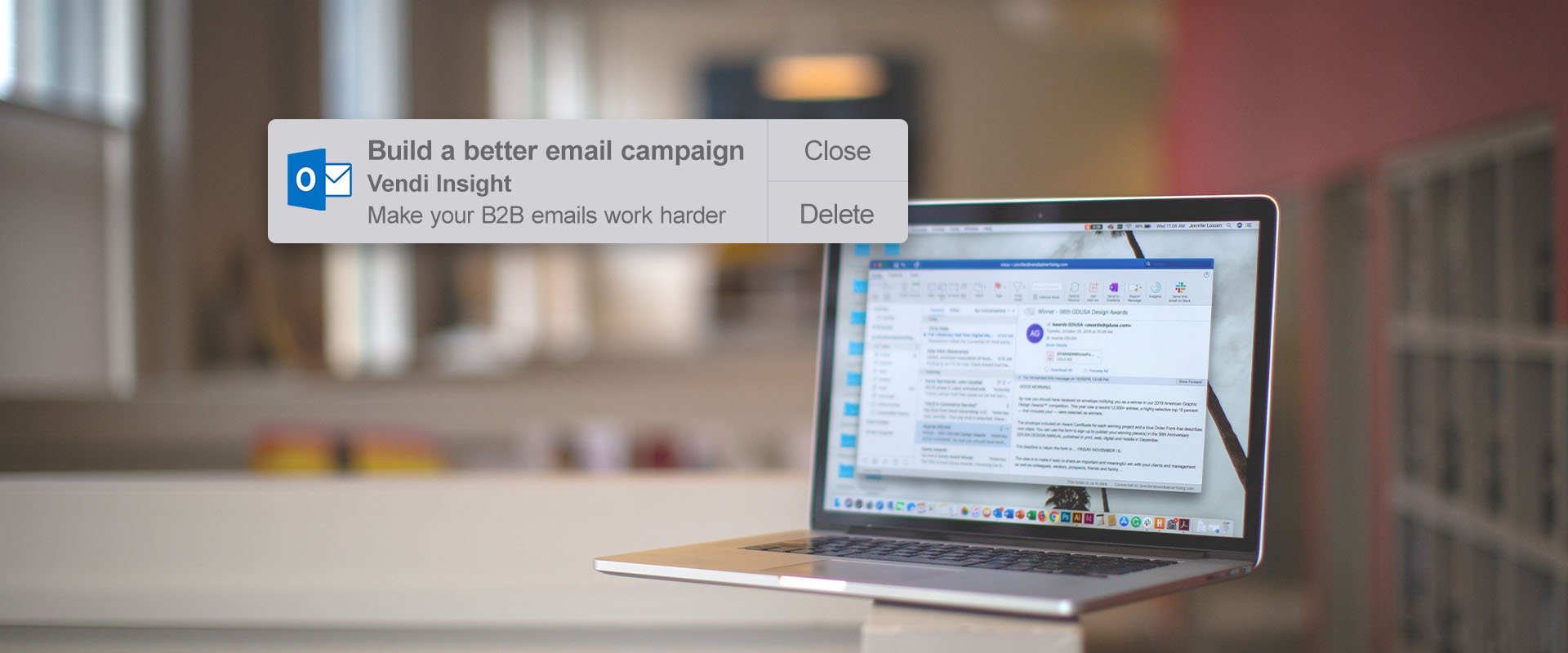
Make your B2B emails work harder
Email is a great way to contact leads and prospects when you’re marketing to other businesses. It’s inexpensive and easy to track. But like any other form of direct marketing, research has discovered that successful emails, those that get a response, share certain characteristics. Backlinko, a firm that does SEO training, and Pitchbox, a content marketing platform, conducted a study of 12 million emails to find out what those characteristics are. But first some discouraging news: Only about 8.5% of cold emails get a response. But that’s a higher percentage that you can expect with a direct mail campaign and you don’t have the expense of printing and postage, so email is a valuable tool.
Here are some findings that you might be able to use as you plan your next campaign.
Long subject lines lift response. In fact, the study showed that responses went up almost 25% when subject lines were longer; the sweet spot appears to be 36–50 characters.
Follow-up emails are noticed. Don’t consider email “one and done.” Follow-up emails, those sent to the same senders on the same subject, drew twice the response that the original emails did. Persistence pays off!
Get personal. People like to hear, and see, their name. A personalized subject line lifted response by 30.5% and personalization within the body of the email had 32.7% more responses than those without.
Mail on hump day. Although most weekdays were more or less equal, those sent on a Wednesday did slightly better in terms of response. Sunday was the worst (no surprise there). Overall, those sent during the week had a conversion rate 23.3% better than those sent on a weekend.
Spread it around. Don’t limit yourself to one contact in an organization. The Backlinko-Pitchbox study showed that emailing several contacts at the same company lifted response a whopping 93%. But don’t go wild and mail to everyone you can get an email address for. There are diminishing returns after 5 contacts.
Include social links. Business to business emails with links to social sites fared better than those without. At the top of the list was Instagram with 23.4%, followed by LinkedIn at 11.5%. Twitter made a slight difference (8.2%) in response followed by Facebook.
Think in multiples. Email sequences that used multiple contacts and multiple messages performed the best at 21.5% compared to 8.5% percent for a single message to a single contact. That equates to a difference of 160%!
If you have an email campaign coming up, incorporate some of this research into your plans and see if your results improve. And remember, Vendi has experience with many successful email campaigns and we’d be glad to help with yours.
You can read the entire study here.


